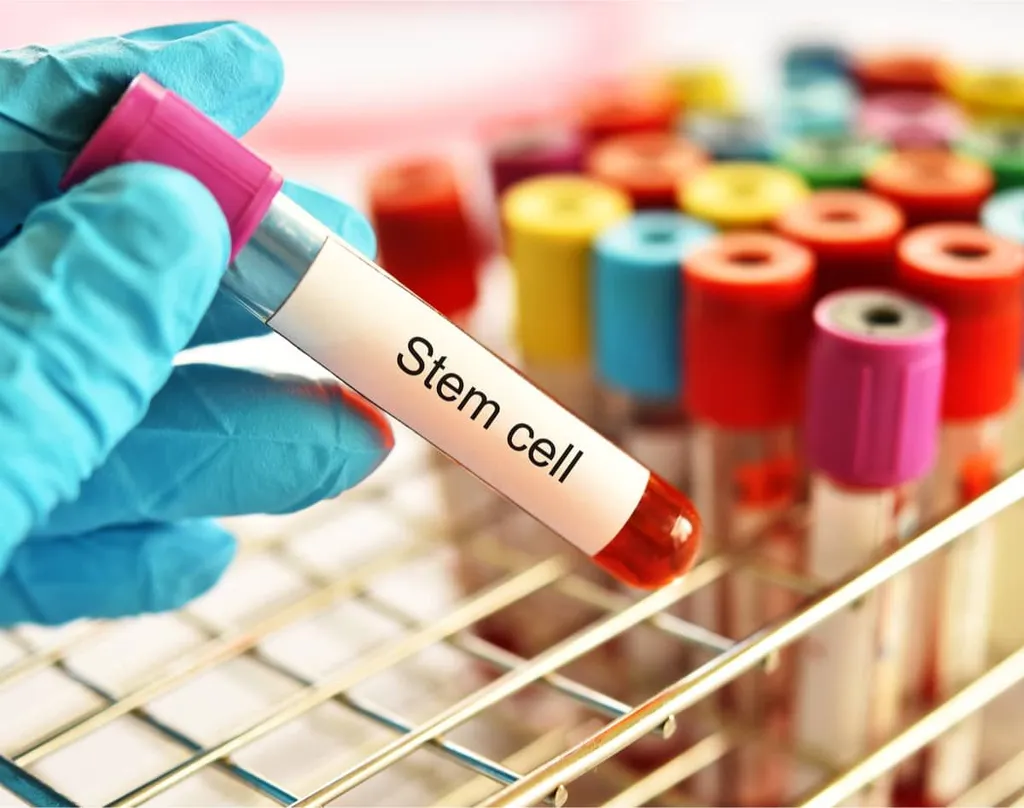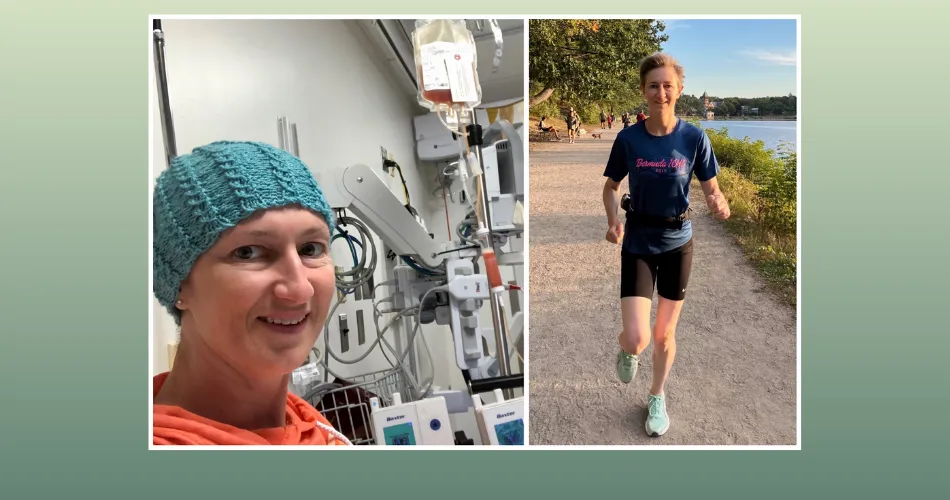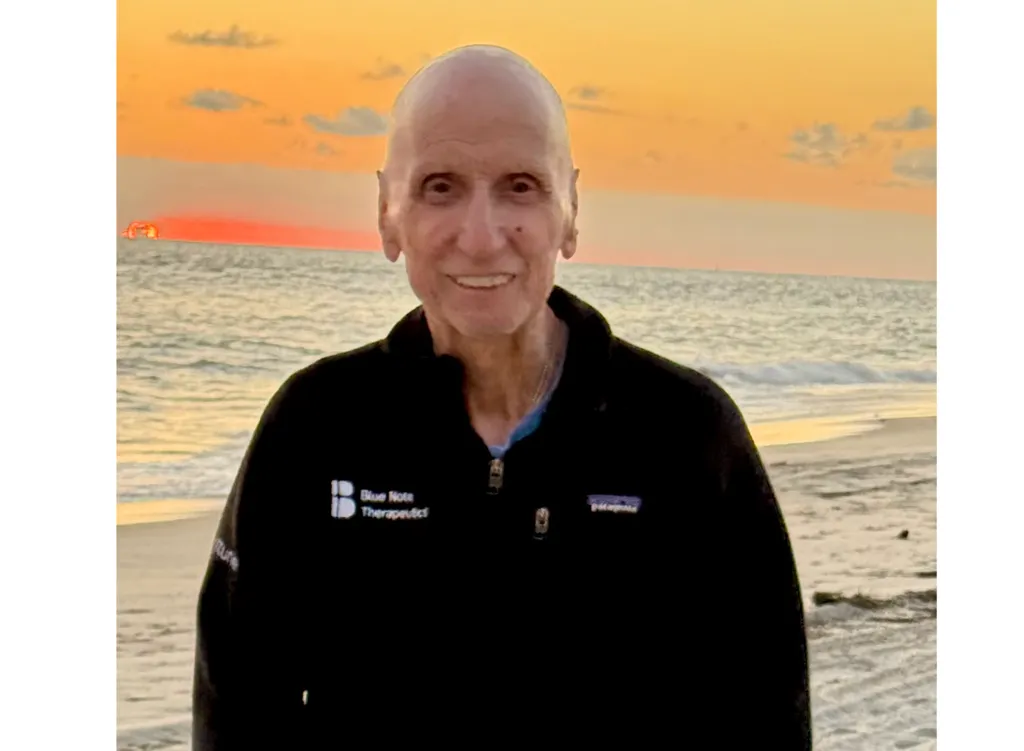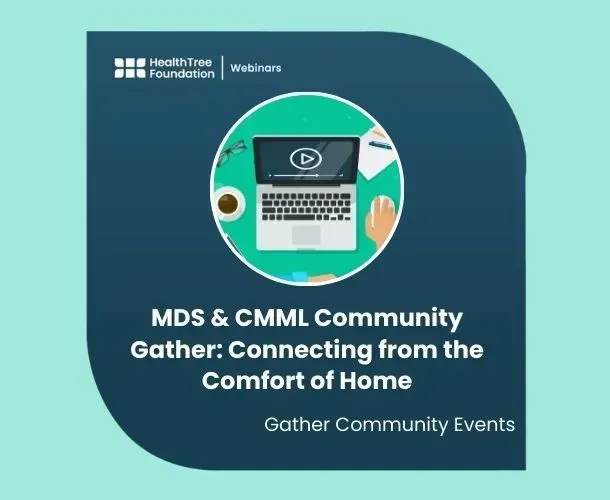ASH 2022: Final Results of the VIALE-A Trial Assessing Venetoclax Plus Azacitidine

Venetoclax is a promising BCL-2 inhibitor currently used in combination with other therapies to treat AML. Venetoclax shuts down BCL-2 which is an anti-apoptotic protein, meaning it stops cells from dying. Leukemia cells make this protein, so shutting it down kills the cancer cells.
Due to the results of the phase 3 VIALE-A study published in 2020, venetoclax and azacitidine were approved by the FDA and can now be used together to treat newly diagnosed AML patients who can't get intensive chemotherapy. After two more years of follow-up, during which all 360 of the expected survival events were measured, AML expert, Dr. Pratz, discussed the study's final results at the 64th Annual Meeting of the American Society of Hematology (ASH 2022).
Methods and Patients Included in the Study
The median age was 76 years in both groups, 60% were men and 76% were Caucasians.
|
|
|
|
|
|
|
|
|
|
|
|
|
|
|
|
|
|
|
|
|
|
|
|
|
|
|
|
|
|
Study Results
After a median of 43.2 months of follow-up, 49 patients remained in the study: 28 in the venetoclax group and 1 in the placebo group. The results of the study showed a clear benefit for the combination of venetoclax and azacitidine over azacitidine alone.
The outcomes were as follows:
|
|
|
|
|
|
|
|
|
|
|
|
|
|
|
|
|
|
|
|
|
|
|
|
|
|
|
|
|
|
|
|
|
|
|
|
|
|
|
|
|
|
|
|
Figure 1. Overall survival. This graph shows a sustained benefit of using venetoclax and azacitidine after 43.2 months of follow-up.
Figure 2. Overall survival of the IDH/2 mutant group. This graph shows an even more significant sustained benefit of using venetoclax and azacitidine for patients that have an IDH1/2 mutation after 43.2 months of follow-up.
Side Effects
|
|
|
|
|
|
|
|
|
|
|
|
|
||
|
|
|
|
|
|
|
|
||
|
|
|
|
|
|
|
|
||
|
|
|
|
|
|
|
|
||
|
|
|
|
|
|
|
|
||
|
|
|
|
|
|
|
|
||
|
|
|
|
|
|
|
|
||
Take Away Points
- The long-term follow-up of VIALE-A shows that venetoclax and azacitidine are better in terms of overall survival (14.7 months), than Placebo and Azacitidine (9.6 months) in all subgroups of AML patients who are not eligible for intensive chemotherapy.
- Those patients in the ventoclax group that were MRD negative 10-3 who had achieved a complete response had an improved 34.2 months overall survival, and patients with IDH1/2 mutations treated had an improved overall survival of was 19.9 months.
- The VIALE-A 2-year follow-up analysis confirms the long-term survival benefit for patients treated with venetoclax and azacitidine, with no new side effects.
For more information about this clinical trial, click here.
Did you know you can learn more about clinical trials in HealthTree? Visit our AML Clinical Trial Finder.
HOW WE CAN HELP
If you need assistance finding or joining clinical trials, please contact our Patient Navigator Support Team at 1-800-930-5159 or email support@healthtree.org.
Venetoclax is a promising BCL-2 inhibitor currently used in combination with other therapies to treat AML. Venetoclax shuts down BCL-2 which is an anti-apoptotic protein, meaning it stops cells from dying. Leukemia cells make this protein, so shutting it down kills the cancer cells.
Due to the results of the phase 3 VIALE-A study published in 2020, venetoclax and azacitidine were approved by the FDA and can now be used together to treat newly diagnosed AML patients who can't get intensive chemotherapy. After two more years of follow-up, during which all 360 of the expected survival events were measured, AML expert, Dr. Pratz, discussed the study's final results at the 64th Annual Meeting of the American Society of Hematology (ASH 2022).
Methods and Patients Included in the Study
The median age was 76 years in both groups, 60% were men and 76% were Caucasians.
|
|
|
|
|
|
|
|
|
|
|
|
|
|
|
|
|
|
|
|
|
|
|
|
|
|
|
|
|
|
Study Results
After a median of 43.2 months of follow-up, 49 patients remained in the study: 28 in the venetoclax group and 1 in the placebo group. The results of the study showed a clear benefit for the combination of venetoclax and azacitidine over azacitidine alone.
The outcomes were as follows:
|
|
|
|
|
|
|
|
|
|
|
|
|
|
|
|
|
|
|
|
|
|
|
|
|
|
|
|
|
|
|
|
|
|
|
|
|
|
|
|
|
|
|
|
Figure 1. Overall survival. This graph shows a sustained benefit of using venetoclax and azacitidine after 43.2 months of follow-up.
Figure 2. Overall survival of the IDH/2 mutant group. This graph shows an even more significant sustained benefit of using venetoclax and azacitidine for patients that have an IDH1/2 mutation after 43.2 months of follow-up.
Side Effects
|
|
|
|
|
|
|
|
|
|
|
|
|
||
|
|
|
|
|
|
|
|
||
|
|
|
|
|
|
|
|
||
|
|
|
|
|
|
|
|
||
|
|
|
|
|
|
|
|
||
|
|
|
|
|
|
|
|
||
|
|
|
|
|
|
|
|
||
Take Away Points
- The long-term follow-up of VIALE-A shows that venetoclax and azacitidine are better in terms of overall survival (14.7 months), than Placebo and Azacitidine (9.6 months) in all subgroups of AML patients who are not eligible for intensive chemotherapy.
- Those patients in the ventoclax group that were MRD negative 10-3 who had achieved a complete response had an improved 34.2 months overall survival, and patients with IDH1/2 mutations treated had an improved overall survival of was 19.9 months.
- The VIALE-A 2-year follow-up analysis confirms the long-term survival benefit for patients treated with venetoclax and azacitidine, with no new side effects.
For more information about this clinical trial, click here.
Did you know you can learn more about clinical trials in HealthTree? Visit our AML Clinical Trial Finder.
HOW WE CAN HELP
If you need assistance finding or joining clinical trials, please contact our Patient Navigator Support Team at 1-800-930-5159 or email support@healthtree.org.

about the author
Arturo Hurtado
Arturo Hurtado is an International Medical Graduate who Joined HealthTree in 2020 as part of The Patient Experience team. He helps patients understand their disease panorama and navigate their myeloma through the tools and resources that HealthTree provides. He is an enthusiastic photographer, tech nerd, and aspiring food explorer who loves to travel and find new exciting experiences.
More on Conferences

Get the Latest Acute Myeloid Leukemia Updates, Delivered to You.
By subscribing to the HealthTree newsletter, you'll receive the latest research, treatment updates, and expert insights to help you navigate your health.
Together we care.
Together we cure.
3x Faster.












